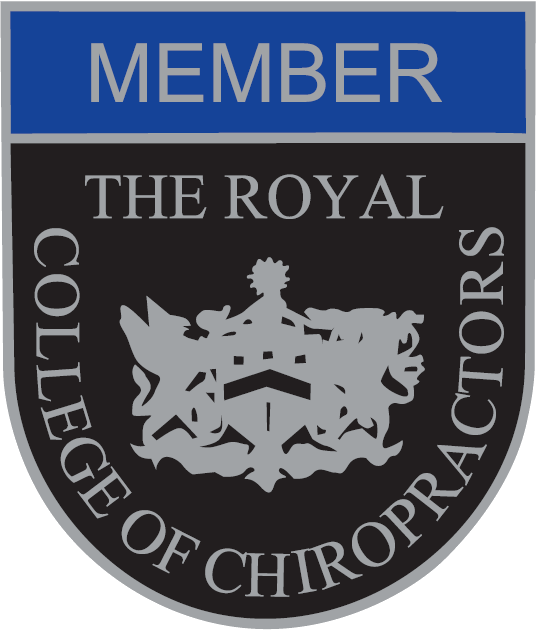 The Rugby Football Union (RFU), have announced that they are rolling out a new warm-up program this summer across all levels of the community game. This simple to implement, four-stage workout, developed as part of a study on young Rugby players, by the University of Bath, reduced injuries among the young players who participated, by at least 70% and the incidence of concussion by 59%.
The Rugby Football Union (RFU), have announced that they are rolling out a new warm-up program this summer across all levels of the community game. This simple to implement, four-stage workout, developed as part of a study on young Rugby players, by the University of Bath, reduced injuries among the young players who participated, by at least 70% and the incidence of concussion by 59%.
Winchester Chiropractor, Max Atkinson, says that this program, focusing on balance, strength and movement demonstrated a significant positive benefit for the children and teenagers who did these exercises regularly during training sessions and pre-match warm-ups.
Max goes on to add that a correctly structured warm-up helps all players to prepare their bodies for the rigours of the game, enabling muscles and joints to work optimally at speed, with the range of motion required.
He points out, that for some players, a biomechanical problem may inhibit this optimal function so a Chiropractic check can be invaluable in detecting any imbalance and, if appropriate, correcting this using a variety of Chiropractic techniques including Chiropractic adjustments and soft tissue work.(1) Please call to arrange your appointment on 01962 861188 today.
What are the benefits of a training or pre- Rugby match warm-up?
The warm-up is vital to prepare both mind and body for the game. As the name suggests, the program aims to warm-up the body, raising the temperature to enable more efficient movements and greater muscle elasticity and to increase pulse and respiration rates for effective transportation of oxygen and nutrients to the muscles and brain.
The warm-up is also beneficial in helping players to focus and prepare mentally for the game, with improved reaction times and coordination.
Warm-up Tips You Can Implement Today
The warm-up program devised by the University of Bath and the RFU splits a warm-up session into four distinct sections.
- Change of direction activities. This section lasts for only two minutes. During this first section, players should begin gently, beginning the warm-up phase, raising body temperature and heart rate. This can include some basic exercises on the move, such as ‘snake run’ and ‘plant and cut’ – changing direction, loosening muscles and increasing joint mobility.
- Balance training for the lower limbs with single leg balance exercises. This section lasts for four minutes. The second section can include some squats, lunges and lunge twists such as the ‘single leg hop’ and ‘single leg balance’
- Targeted resistance exercises including those for head and neck. This, third section, lasts eight minutes and could include ‘isometric neck contractions’ and ‘zombie squats’.
- The final section comprises six minutes of jumping, sidestepping and landing exercises such as ‘pogo jumps’ and ‘ski jumps’.
A New Way to Warm-up
This warm-up plan represents a move away from the more traditional pre-match stretches, towards exercises specifically designed to strengthen the muscles around joints and to improve core strength and stability. In performing exercises to strengthen the neck muscles, the study was able to demonstrate a significant decrease in the incidence of concussion among the young players taking part – although greater awareness and improvements in technique during tackling are also believed to have been of benefit.
Max Atkinson highlights the fact, that following the four stages of a correctly implemented warm-up can help players of all ages and skill levels to reduce their injury risk and to perform to the best of their capabilities.
References:
- Suter, Esther et al. Conservative lower back treatment reduces inhibition in knee-extensor muscles: a randomized controlled trial. Journal of Manipulative & Physiological Therapeutics , Volume 23 , Issue 2 , 76 – 80 https://doi.org/10.1016/S0161-4754(00)90071-X








